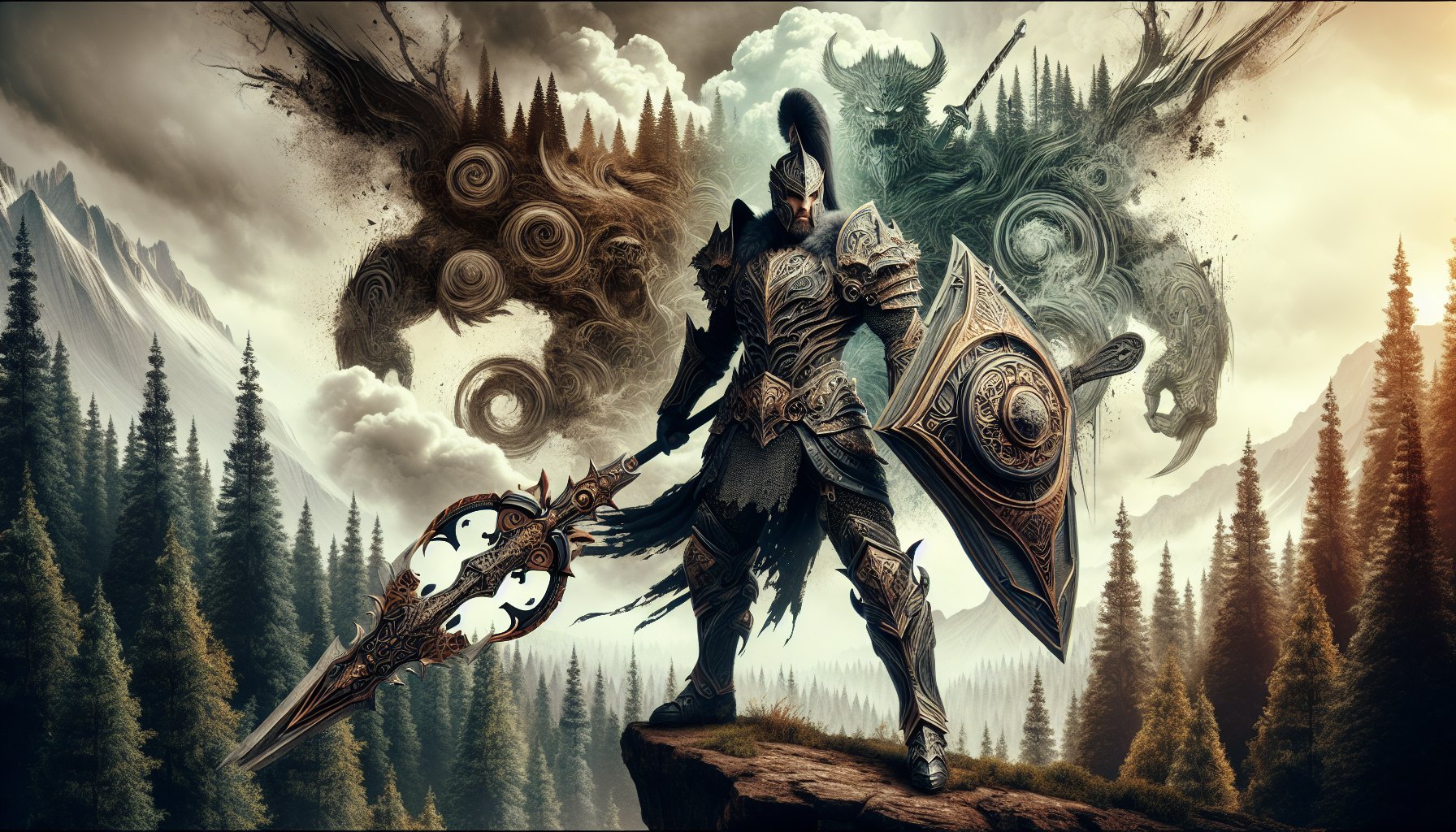Understanding the Monster Hunter: World Ecosystem
Hey there, fellow hunters! Have you ever found yourself lost in the intricate web of the Monster Hunter: World's ecosystem, scratching your head as you wonder how all these creatures and environmental elements fit together? Don't worry, I've been there too. Trying to piece together how these monsters interact with one another and the environment can be as challenging as taking down a rampaging Nergigante on your own. But fear not, because today, we're diving deep into this ecosystem to help you turn the tables and get the upper hand in your hunts.
Monster Interactions
First things first: let's talk about monster interactions. One of the most captivating aspects of Monster Hunter: World is how lifelike and dynamic the monsters are. These aren't just mindless foes waiting to be slain; they're part of a living, breathing world. Watching two monsters battle it out, each with its own distinct behaviors and tactics, is like witnessing nature's fiercest documentaries come to life.
Do you remember the first time you saw an Anjanath tussle with a Rathalos? That moment is pure adrenaline. As they claw and roar, you realize that you can use their skirmishes to your advantage. If you can lure a second monster into the fray, they’ll damage each other, allowing you to pick up the pieces. It’s a beautiful chaos and can turn a difficult hunt into a breeze.
But it's not all about brute force; strategy plays a crucial role. Are you facing off against a Tobi-Kadachi that's electrocuting everything in its path? Maybe you can coax a nearby Great Jagras to intervene. The Jagras' venomous attacks might not mix well with Tobi-Kadachi's electric prowess, but their clash can create openings for you to swoop in with your most powerful hits.
Environmental Traps
Alright, now let's chat about environmental traps. The ecosystem of Monster Hunter: World is brimming with hazards and tools you can use to your benefit if you know where to look. Ever seen those hanging boulders or the giant trap vines? They're more than just scenery—they're potential allies in your quest.
Picture this: you're on the ropes, a Diablos charging at you with terrifying speed. What if you could drop a boulder on its horned head, stunning it long enough for you to land several clean hits? Pretty enticing, huh? These traps are scattered throughout the terrain, and understanding where they are can make or break your hunt.
Let me tell you about one hunt I had in the Coral Highlands. I was completely on my back foot against a Legiana, its icy breath forcing me to retreat and regroup constantly. Then, I remembered a tip I got from a fellow hunter: use the environment. I lured the Legiana under a precarious rock formation and with a precisely placed slinger shot, sent tons of rock crashing down, pinning it long enough for me to get the upper hand.
Environmental traps aren’t just limited to giant boulders—things like Flashflies can blind monsters temporarily, or Paratoads can paralyze them. Learning to use these to your advantage is like having an ace up your sleeve. Always keep an eye out for what you can use in the heat of battle.
Using the Ecosystem to Gain Advantages
So, how exactly can you leverage these interactions to gain an upper hand? It's all about observation and strategy. The Monster Hunter: World ecosystem is rich with interconnected systems that can turn the tide of any fight.
1. Lure Monsters into Each Other’s Paths:
If you're clever, you can orchestrate epic monster battles, letting them tire each other out while you sit back and enjoy the show—kind of like watching gladiators from the safety of the stands. Using dung pods to drive monsters into one another's territory can be a game-changer.
2. Use Environmental Hazards:
Look around each battlefield. Knowing where the environmental traps are and what they do can provide critical opportunities in tough fights. If a monster is susceptible to certain traps—like a Pukei-Pukei being paralyzed by a Paratoad—you can plan your attack around these moments of vulnerability.
3. Exploit Monster Behaviors:
Understanding monster behavior is key. For example, if you know that a monster will retreat to its nest when weakened, you can prepare traps and explosives along its path. Watching and learning how each monster behaves in various situations helps you anticipate their next moves.
4. Utilize Ecological Patterns:
Some monsters have relationships that can be exploited. For instance, smaller monsters like Jagras often follow and feed on the leftovers of larger beasts. You can use this relationship to predict where they’ll be and plan accordingly.
Conclusion
Navigating the Monster Hunter: World ecosystem may seem daunting at first, but with a bit of practice and a keen eye, you can turn these natural interactions to your advantage. The thrill of the hunt is partly in the strategy, the planning, and the unexpected twists that make each encounter unique.
So, next time you step into the New World, take a moment to observe the creatures around you. Look out for those environmental traps and ask yourself, "How can I use this to my benefit?" Mastering these elements will not only make you a more proficient hunter but also enrich your overall gaming experience.
Happy hunting, everyone! And remember, the world is your playground—now go and make it work for you. Share your epic tales or any tips and tricks you’ve discovered in the comments below. Let’s learn and grow together as hunters!
Feel free to drop any questions or share your own experiences in the comments. If you found this post helpful, why not share it with your fellow hunters? Until next time, may your hunts be thrilling and your victories sweet!





